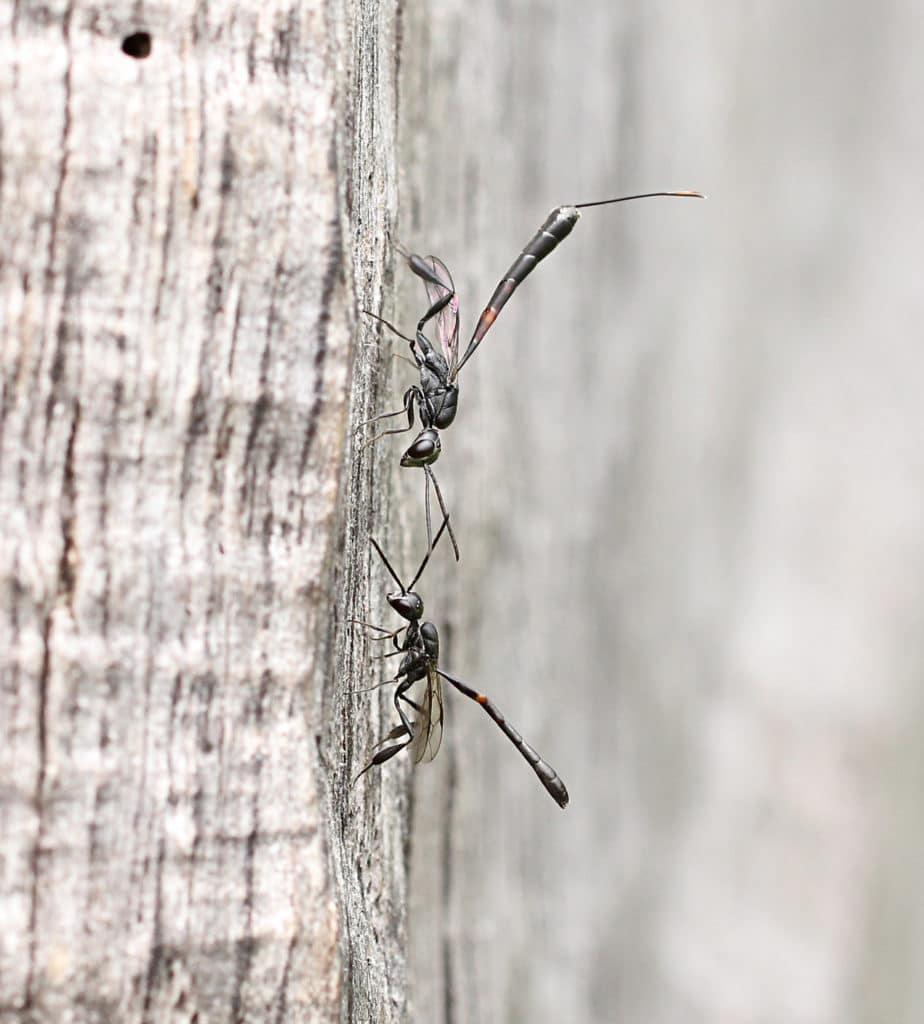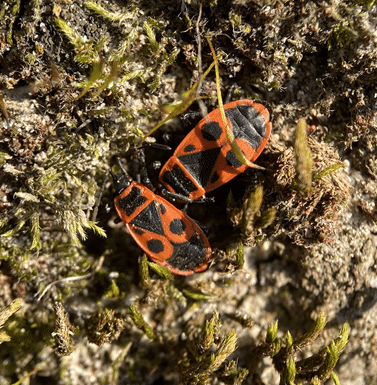Species recorders in London play a crucial role in documenting and monitoring the biodiversity that exists within the city. Armed with recording apps, hand lenses, nets, binoculars and all manner of outdoor gear, intrepid recorders venture into the familiar parks to uncover the new or unknown natural delights that exist within. One tool that we love to encourage the use of here at GiGL, is a camera. Whether using a digital or a phone camera, photography can be fun and engaging, as well as having the added benefit of assisting in species identification, verification, and survey/recorder training.
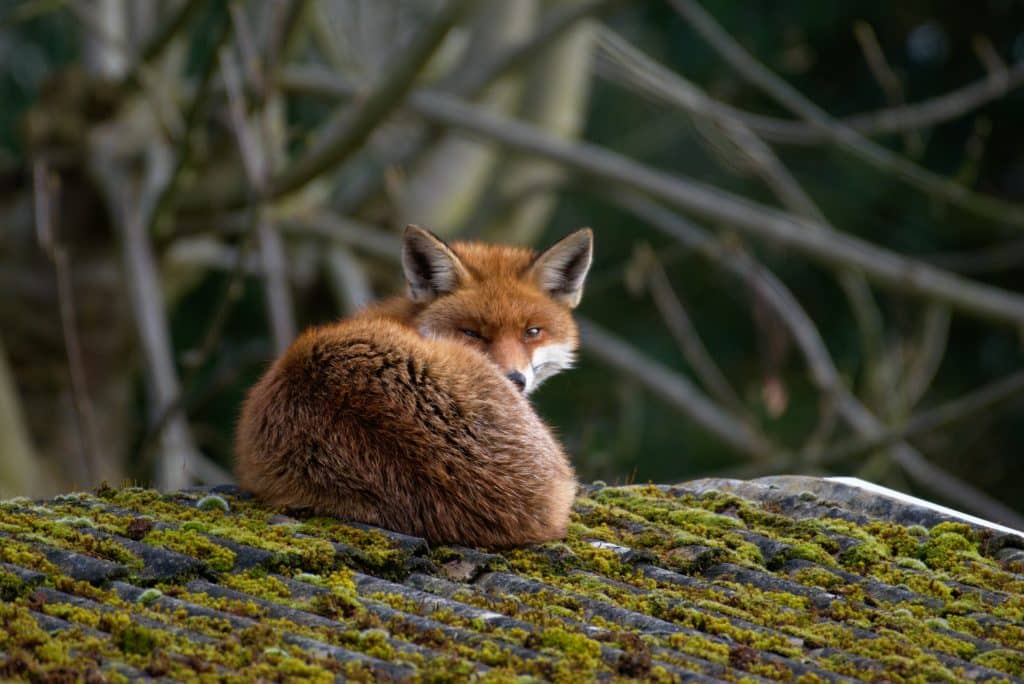
I work as a Partnership Officer for GiGL, and like many of my colleagues I am a nature enthusiast at heart and enjoy spending time exploring with camera in-hand. You may have seen many of the teams’ photos accompanying our articles, webpages, and documents in the past. Photography has the power to inspire new recorders and we aim to harness the power of a photograph by promoting the images shared from the team, close community contacts and our species submission forms through our articles and social media.
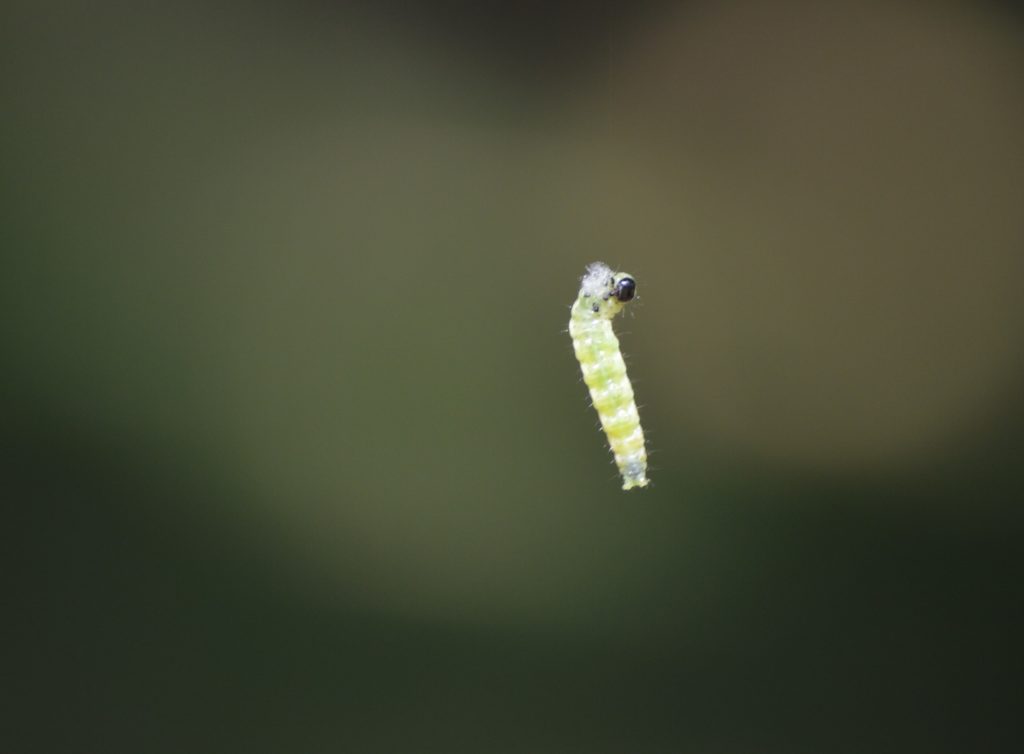
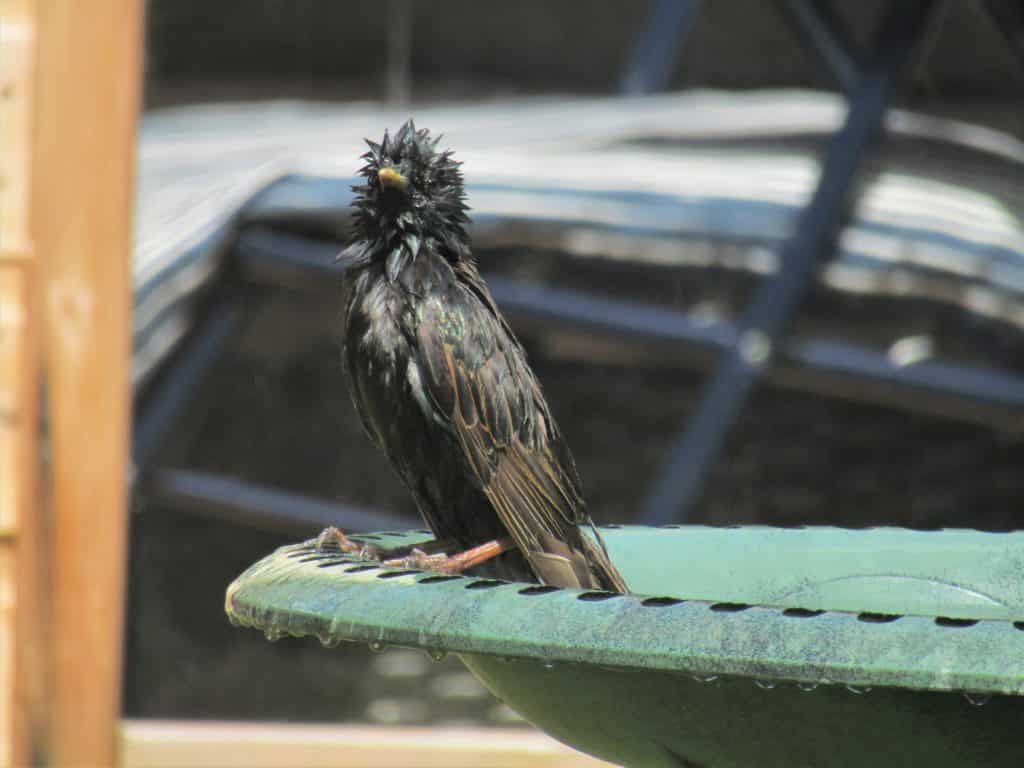
Photography enables wildlife recording to be enjoyable and appeal to a broader audience. The visual appeal of photographs captures the attention of both seasoned naturalists and curious amateurs. The thrill of spotting a rare bird, an elusive insect, or a vibrant wildflower is enhanced when documented through captivating images. Social media platforms further amplify this, creating a virtual community where individuals and organisations share their findings and inspire others to join the cause.
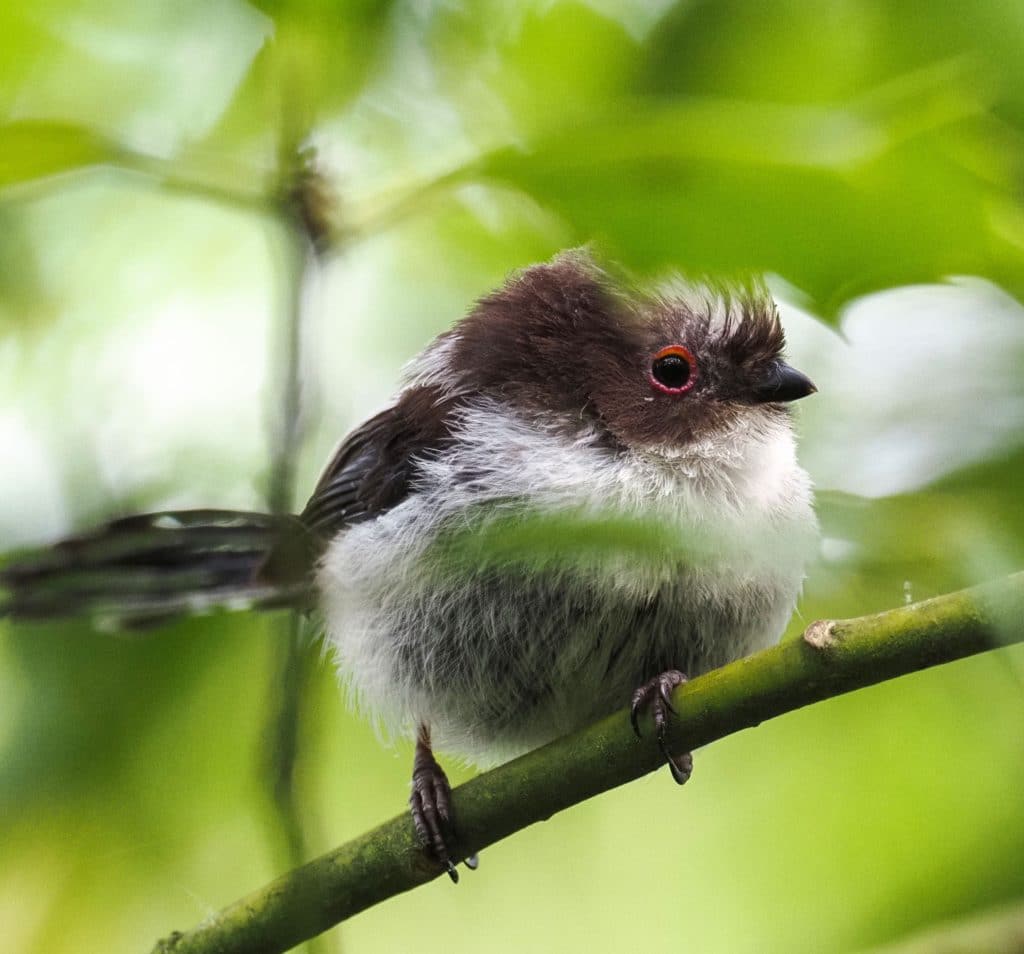
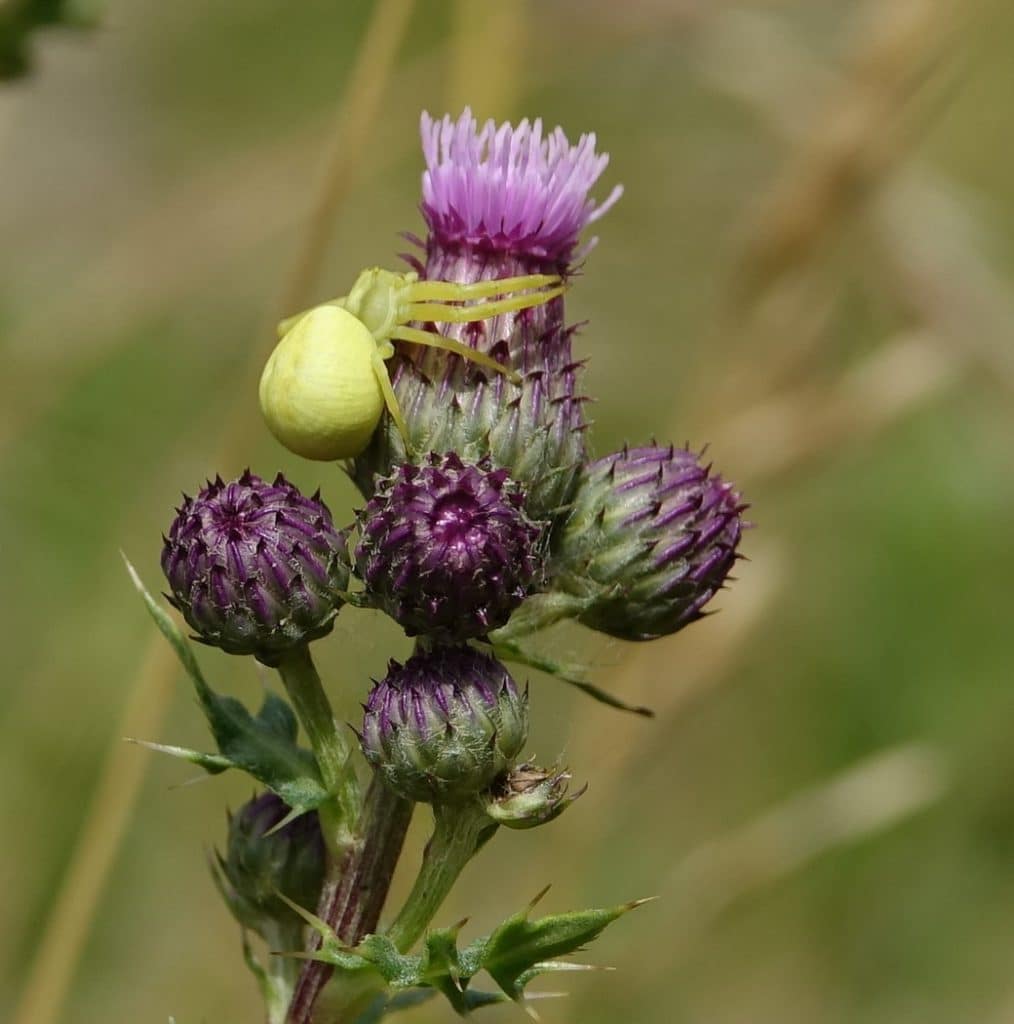
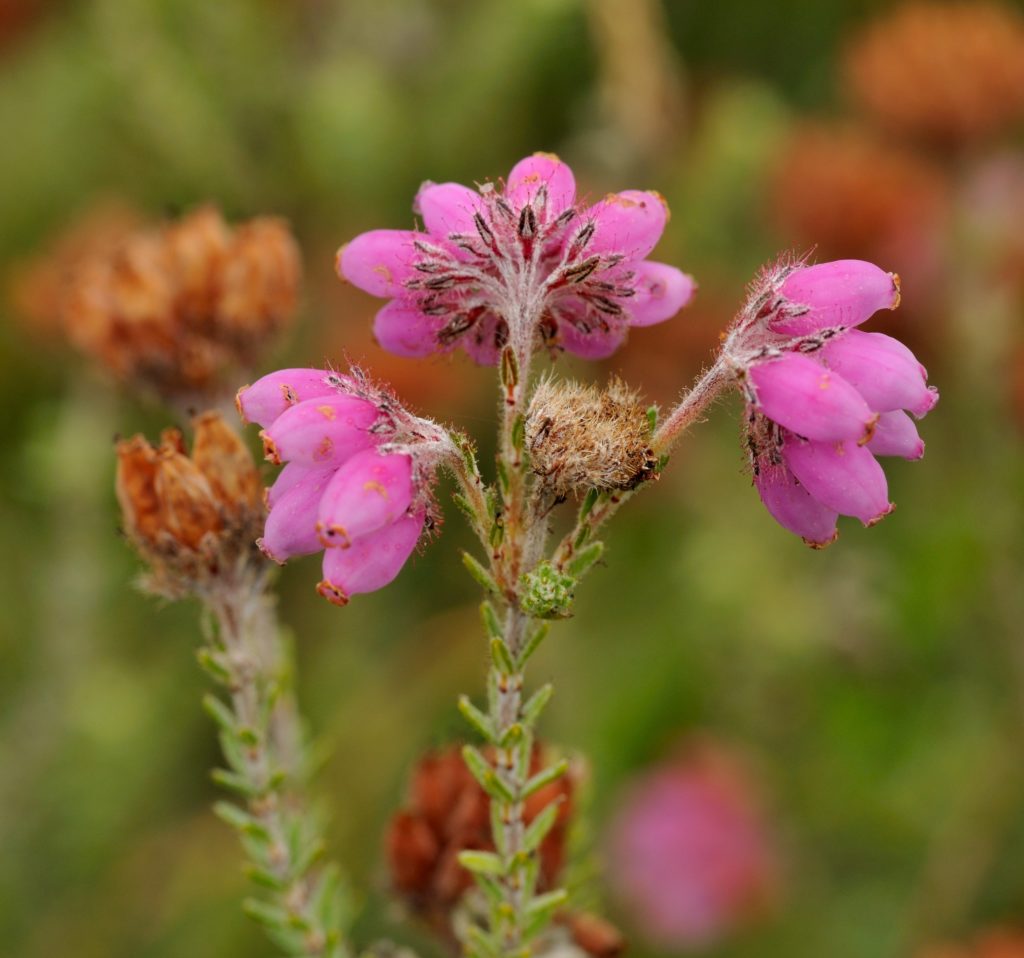
A range of species records are sent to us accompanied by photos, from our regular community contacts as well as one-off recorders. (long-tailed tit © Charles Schmitt, crab spider © Julian Allen, cross-leaved heath © Paul Losse)
Most importantly, you don’t have to be an expert to take part in photography, and you don’t need to take it seriously. These days, phones have amazing photography capabilities, and even if you’re not a camera fanatic hauling around huge lenses and tripods, you can still capture a memorable sighting. From a fuzzy blur on your phone, to a prize-worthy masterpiece, here at GiGL we love to see all photos accompanying recorder submissions.
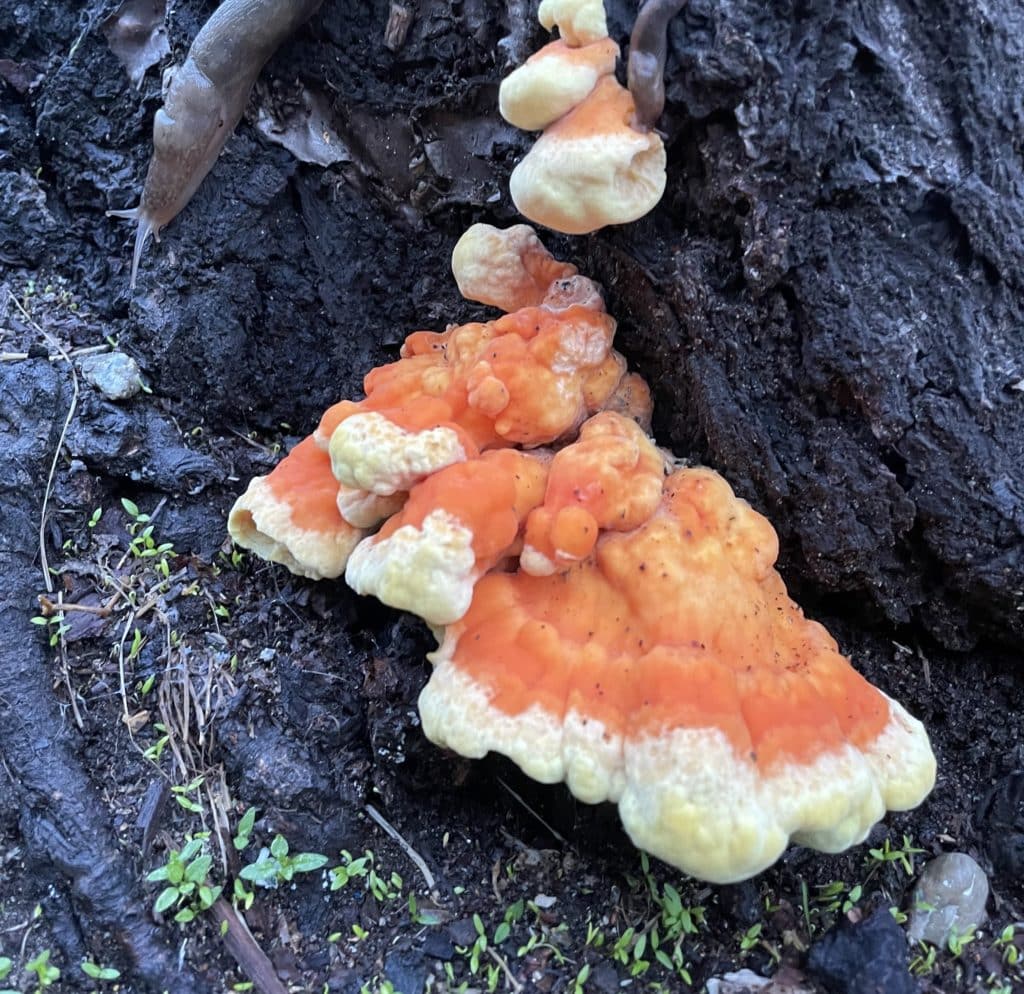
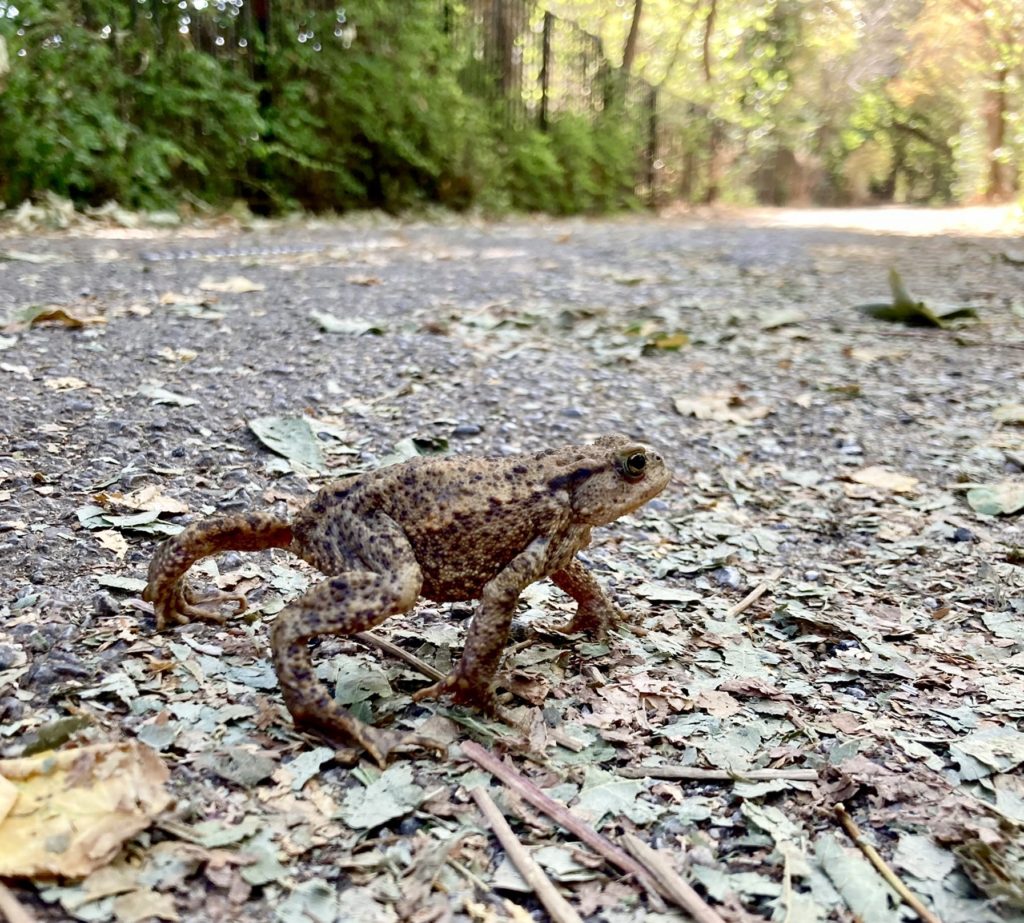
Chicken of the woods fungus © Elizabeth Tatham, and a common toad © Rebecca Harvey, both records submitted via our online recording form.
Photography not only makes wildlife recording fun, but also plays a crucial role in verifying species records. The visual evidence captured by species recorders serves as a resource for our volunteer species experts who work with us to verify whether a record can be considered correct or not. Photos especially help with species identification; after all, not many people can tell the difference between an Essex Skipper and Small Skipper on a quick glance – and we’re not expecting you to either!
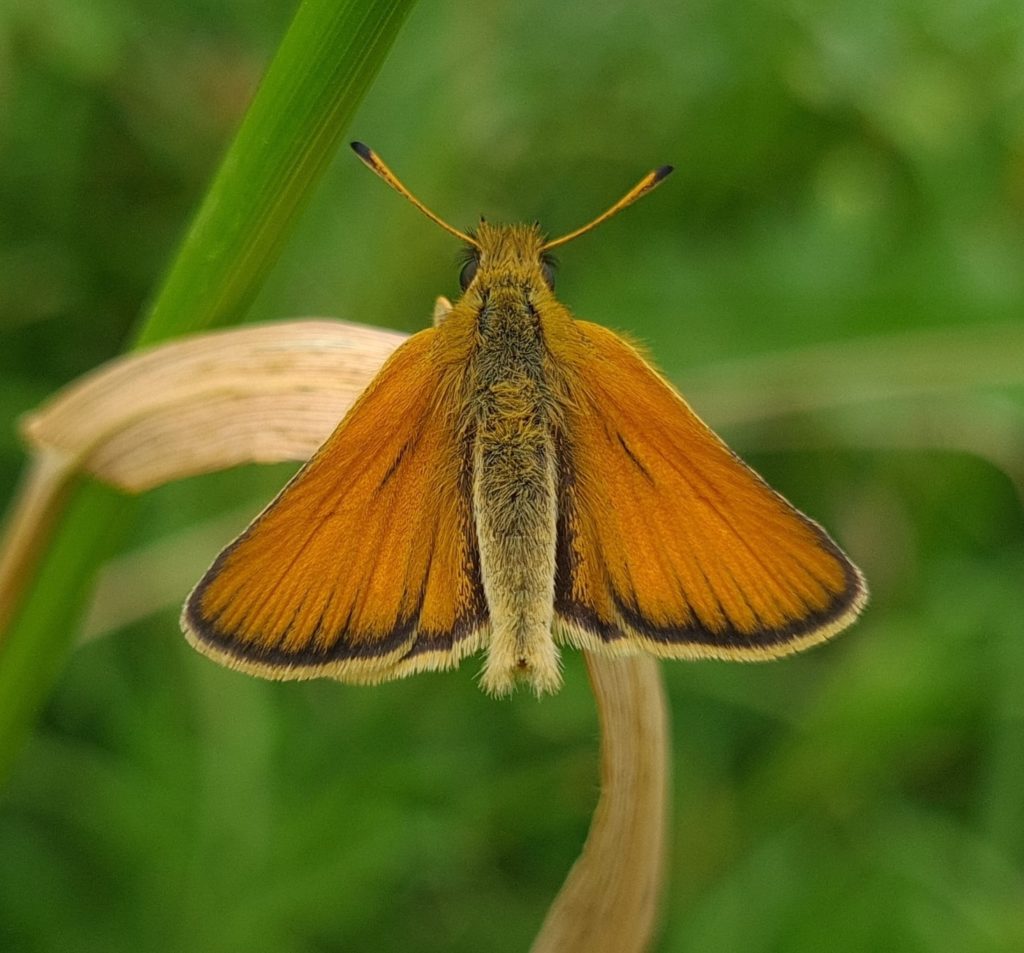
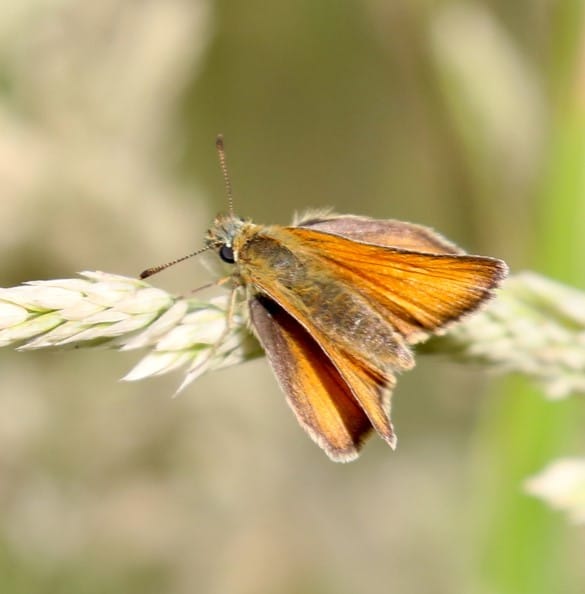
Essex skipper left (© Paul Cass) and small skipper right (© Phil Boyle), both recorded via iNaturalist. If you are intrigued as to how our species verifiers would tell them apart, find more info here.
Tips from the GiGL team for getting started with photography:
- Just start taking pictures of what you see around you!
- Start taking pictures of the species you record with whatever camera you have available, submit them to GiGL’s species recording form.
- Watch Penny Metal’s talk ‘The role of Photography in Biological Recording’ – recorded from the National Forum for Biological Recording conference and also presented at GiGL’s own London Recorder’s Day event in 2022.
- Take part in the City Nature Challenge (26 – 29th April). This annual recording project and the iNaturalist app it utilises makes taking a photo a must.
- Follow your favourite photographers or nature enthusiasts on social media to gain inspiration. Head to our GiGL Instagram to see who we follow!
- Find wildlife groups on social media for extra tips on identifying specimens from photos. The ‘comments’ sections are great for descriptions of exactly what needs to be visible for different species to ensure their accurate identification.
- Learn the basics – aperture, focus, composition, and patience. Read London Wildlife Trust’s 10 wildlife photography tips for beginners.
- Try a macro lens attachment for your phone, GiGL’s Community Officer Victoria uses one and it allowed her to capture tiny Spanish firebugs while on holiday.
- Explore, experiment, and enjoy!
